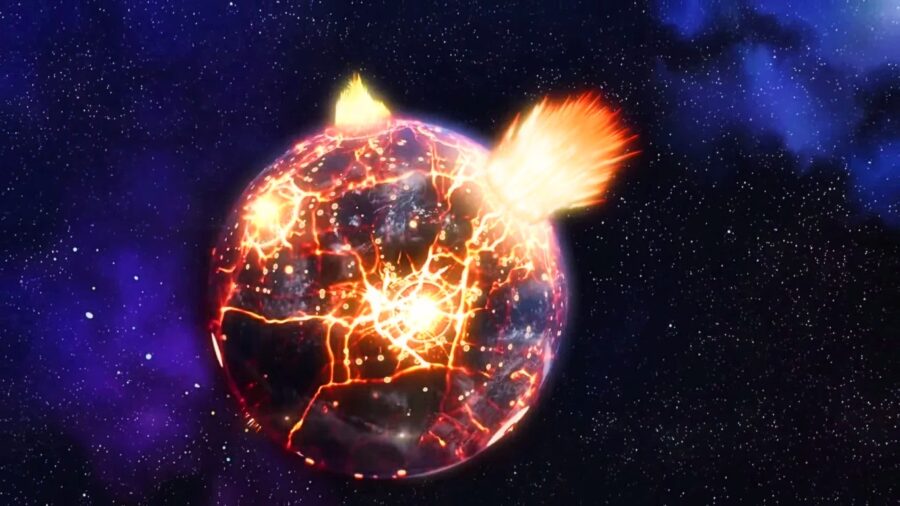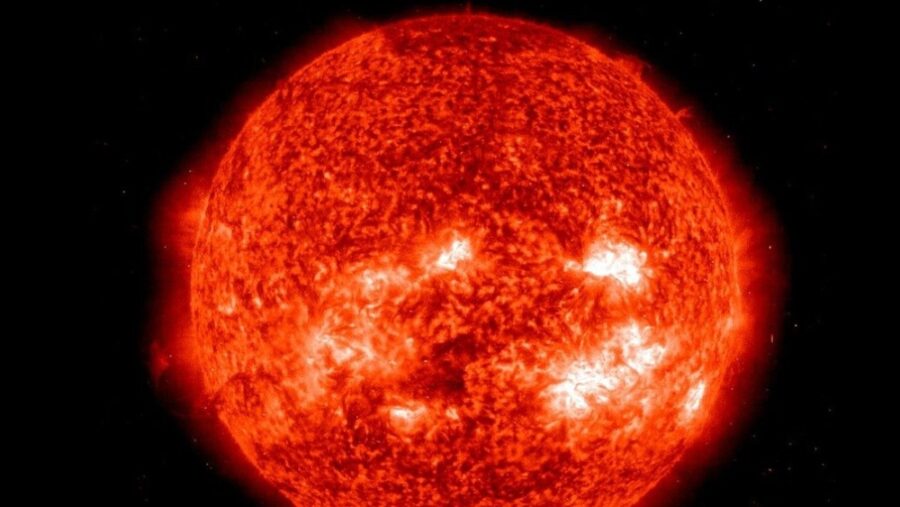MIT Researchers Witness The Earth’s Final Terrifying Fate
Scientists have recently observed a dying star absorbing its planets, which they say is like seeing what will happen to the Earth eventually.

Whether as a multiversal threat, an impending comet, or a societal collapse, many superhero movies have simulated the world’s end. Now, a group of scientists has seen the real thing. According to an article from MIT News, scientists have seen what the end of the world will look like if it’s consumed by a dying star.
The article cites a study appearing in Nature done by a combination of scientists at MIT, Harvard University, Caltech, and elsewhere. Kishalay De, a postdoc at MIT’s Kavli Institute for Astrophysics and Space Research who worked on the team that made the discovery, noted that the event they were observing involved a dying star and was like “seeing the future of the Earth.”
The incident started when astronomers noted a peculiar burst of energy from a dying star that grew exponentially in temperature over the course of just 10 days before dissipating mysteriously. De remembers the moment they caught the unusual incident unfolding: “It was unlike any stellar outburst I had seen in my life.”
What was unusual about it was that although the dying star was brightening, indicating high temperatures, the molecules being released were at uncharacteristically low temperatures. As they studied the incident more, they discovered the source of the anomaly using NASA’s infrared space telescope, NEOWISE, but what they found was shocking. “That infrared data made me fall off my chair,” De recalled.
When they realized that the object that crashed into the dying star was only about 1/1000 of its size, it was a “happy coincidence” that the team remembered that the mass of Jupiter is also about 1/1000 the mass of the sun. This led them to realize that what they were seeing was a planet crashing into its own star. This is an exciting discovery for scientists because scientists have observed before such an event occurs and the aftereffects of such an event, but this is one of the first recorded incidents of catching a star in the act of engulfing one of its own planets.

The study was a joint effort with co-authors including De, MIT’s Deepto Chakrabarty, Anna-Christina Eilers, Erin Kara, Robert Simcoe, Richard Teague, and Andrew Vanderburg, along with collaborations with others from Caltech, the Harvard and Smithsonian Center for Astrophysics, and various other institutions. To observe the dying star they used multiple telescopes across institutions including the Zwicky Transient Facility (ZTF) at Caltech’s Palomar Observatory, the W.M. Keck Observatory, and NASA’s NEOWISE mission.
This planet’s undoing was at the hands of a dying star named ZTF SLRN-2020 which is located about 15,000 light-years away in a constellation called Aquila. What’s amazing is that, unlike Star Wars which occurs in a galaxy far, far away, this happened within our own galaxy. Earth will meet a similarly explosive end when the sun burns out, which is expected to occur roughly 5 billion years from now.
This discovery offers a rare glimpse into the dynamic and violent processes at the center of dying stars. By studying these events in greater detail, astronomers can gain a deeper understanding of how planets form, evolve, and are ultimately destroyed. This, in turn, can help us to better understand our own place in the cosmos and the nature of the universe itself.











